Optimism and pessimism can have economic side-effects in Stand Up and Cheer by writers Lew Brown and Ralph Spence; producer Winfield Sheehan; and director Hamilton MacFadden. L.W. O’Connell and Ernest Palmer; Margaret Clancy; and Lew Brown and Jay Gorney handle cinematography, editing, and music. Filming showcases California’s Movietone City.
The 80-minute musical adapts Philip Klein’s (April 24, 1889 - June 8, 1935) and Will Rogers’ (November 4, 1879 – August 15, 1935) ideation. Its distributor was Fox Film. Its USA-premiere and release dates were April 19 and May 4, 1934.
The movie begins with Franklin Delano Roosevelt’s (Gayne Whitman) appointing Lawrence Cromwell (Warner Baxter) the first Secretary of Amusement. The 32nd U.S. President (January 30, 1882 – April 12, 1945) believes that changed attitudes foster changed economics. Lawrence must end economic depressions by terminating mental depressions.
Businessmen and politicians are unhappy with change. John Harly (Arthur Byron) reminds colleagues of hard times increasing politico-economic control over desperate citizens. He suggests having the U.S. Senate investigate Lawrence’s expenditures.
John has reason to worry. Lawrence is blessed with humor-committed employees:
-
Children’s Division Assistant Secretary Mary Adams (Madge Evans);
-
Secretary Fosdick’s (Frank Melton’s) assistant George Bernard Shaw (Stepin Fetchit), who dives into fish tanks, tackles hillbilly country with butterfly nets, and tolerates Jimmy Durante-sounding penguins (Lew Brown);
He is fortunate in:
-
Attracting high-profile actors John Boles (October 28, 1895 – February 27, 1969) for “I’m Laughing” and Dick Foran (June 18, 1910 – August 10, 1979) and Sylvia Froos (April 19, 1914 - March 28, 2004) for “This Is Our Last Night Together”;
-
Involving the rural and urban Jane and John Doe through hillbilly-recruiting emphases of Dick’s “She’s Way Up Thar” and Sylvia’s “Broadway’s Gone Hill-Billy”.
Jimmy Dugan (James Dunn) and underaged daughter Shirley (Shirley Temple) cannot audition. Lawrence exempts Shirley from the 7 years or older requirement for child performers. Jimmy’s and Shirley’s “Baby, Take a Bow” song-and-dance routine impresses everyone. Everyone is cheered by Shirley’s red polka-dotted organza dress.
Lawrence considers resigning after:
He perseveres after:
-
Radio news releases purport departmental incompetence;
-
Senators (Wallis Clark, Arthur Stuart Hull, Frank Sheridan, Paul Stanton) relish budget-slashing.
He mistakenly thinks that the children’s division needs to close.
The movie ends with Lawrence and Mary:
-
Hearing radio news releases on the accomplishments of the Amusement Department in general and the children’s division in particular;
-
Receiving the President’s telephoned thanks;
-
Welcoming the Great Depression’s official end with the immigrants, sweatshop laborers, and workers whose earlier performance of “I’m Laughing” help dispel the pessimism needed to ultimately proclaim “We’re Out of the Red.”


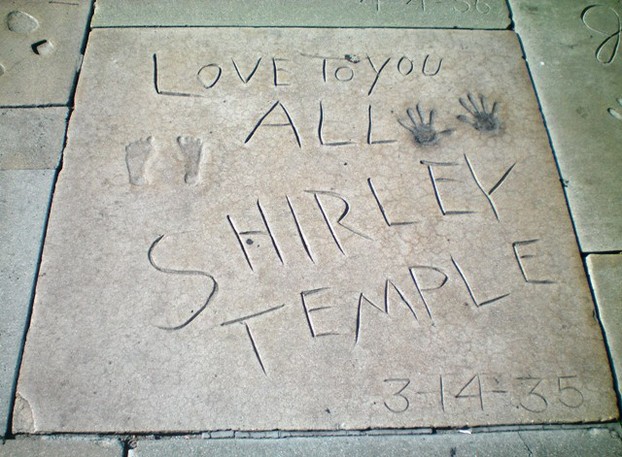
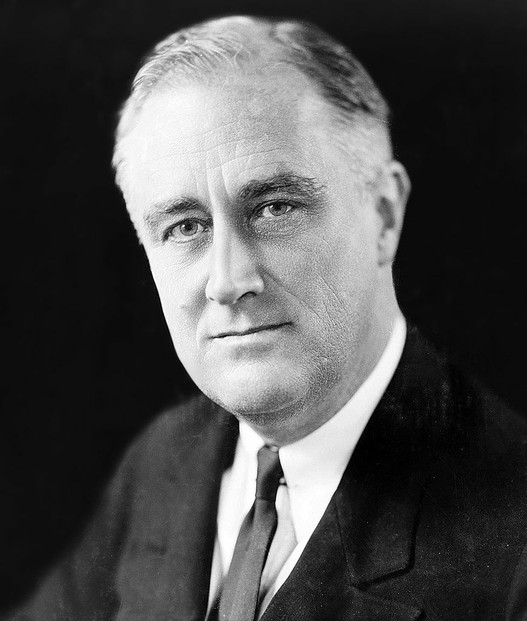



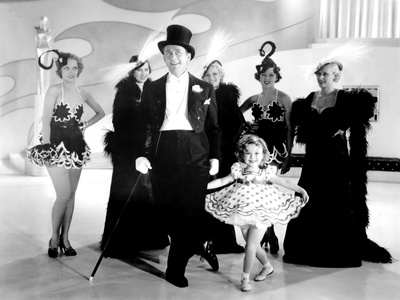
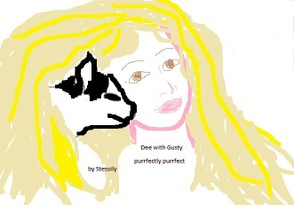
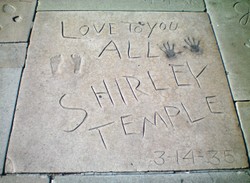

 Are Hawaiian Huakai Po Nightmarchers Avenging Halloween Thursday?on 10/02/2024
Are Hawaiian Huakai Po Nightmarchers Avenging Halloween Thursday?on 10/02/2024
 Mailing Addresses for 2023 Form 4868 Extending 1040 and 1040SR April 15, 2024, Due Dateon 04/15/2024
Mailing Addresses for 2023 Form 4868 Extending 1040 and 1040SR April 15, 2024, Due Dateon 04/15/2024
 Mailing Addresses for 2023 Forms 1040 and 1040SR Filed in 2024on 04/15/2024
Mailing Addresses for 2023 Forms 1040 and 1040SR Filed in 2024on 04/15/2024
 Mailing Addresses for 2022 Form 4868 Extending 1040 and 1040SR April 18, 2023, Due Dateon 04/13/2023
Mailing Addresses for 2022 Form 4868 Extending 1040 and 1040SR April 18, 2023, Due Dateon 04/13/2023

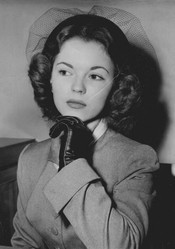
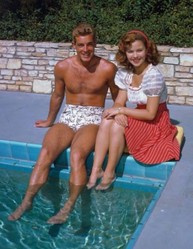
Comments
Nice post, things explained in details. Thank You.